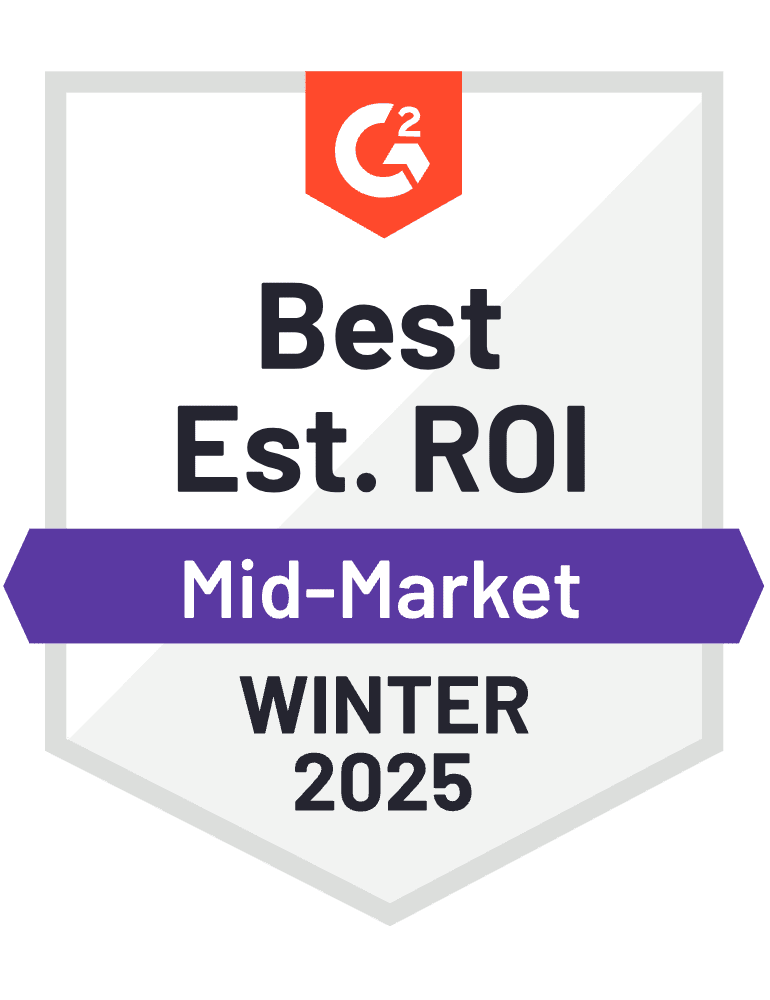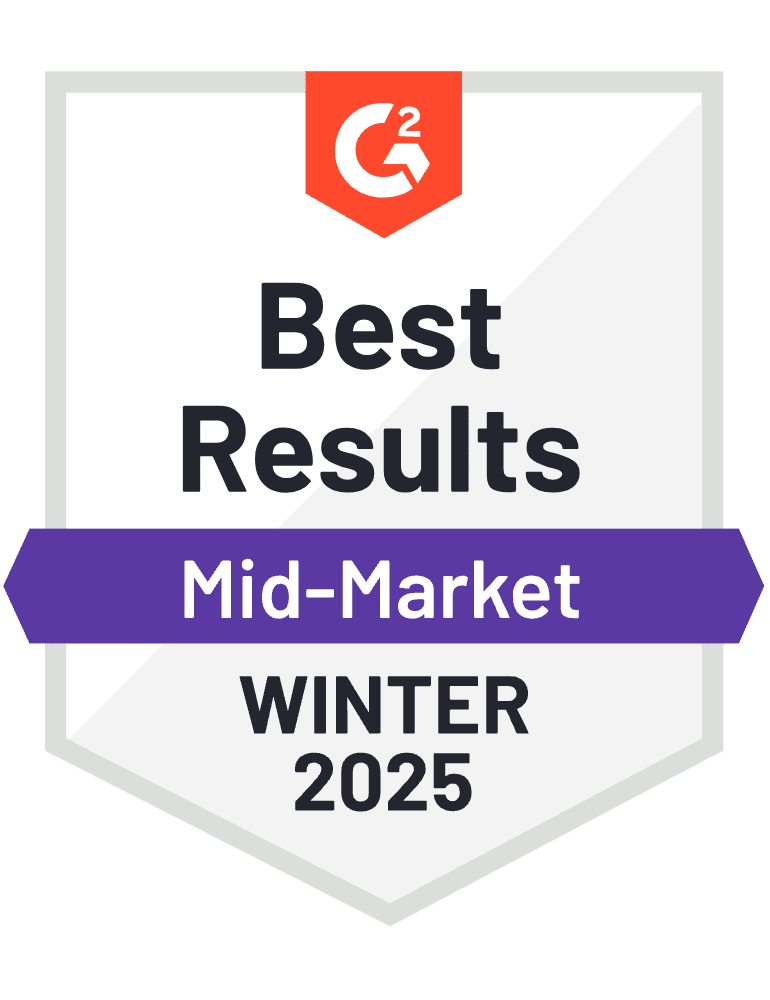Top 10 Corporate Performance Management Software Tools

Every business wants to grow. But growth does not just happen it needs direction. So how do you track progress, find weak spots, and make the right moves before it is too late? That is where Corporate Performance Management Software (CPM software) makes a real difference.
These tools give leaders a clear view of what’s working and what is not. From tracking KPIs and financial metrics to planning, forecasting, and analysing data CPM software helps companies stay focused. With the right system, you can hit your goals faster, spot risks early, and improve performance across every team.
What is Corporate Performance Management Software?
Corporate Performance Management Software (CPM software) is a digital tool that helps businesses understand how well they are doing. It tracks everything from money spent to team performance and shows if you are reaching your goals or falling behind.
Think of CPM software as a GPS for your company. Just like a GPS shows the fastest route, warns you about traffic, and helps you avoid wrong turns, CPM software guides your business. It shows what is working, what needs attention, and where to improve. This helps leaders make smart decisions quickly, based on real numbers not guesswork.
Key Purposes of CPM Software:
Set clear goals for departments and teams
CPM software helps leaders create clear, measurable goals for each team or department. Everyone knows what they’re working toward, which keeps things organized and boosts motivation. When goals are easy to see and track, people stay focused and work smarter.
Track progress and budgets in real-time
No more waiting for end-of-month reports. CPM tools show live updates, so you can see what is happening right now. This means you can monitor spending, check performance, and know if you are on target all in one place, anytime you need it.
Spot problems early before they grow
Small issues can turn into big ones if they are not caught in time. With CPM software, you will get alerts and insights that help you notice problems right away. Whether it is overspending or a team falling behind, you can take action fast before it affects your business.
Generate reports fast with less manual work
Instead of building reports from scratch, CPM tools collect data automatically and turn it into easy-to-read reports. This saves hours of time and reduces mistakes. You can share updates with your team or stakeholders in just a few clicks.
Improve teamwork and align everyone’s efforts
When everyone sees the same data and goals, it’s easier to stay on the same page. CPM software helps teams work together by showing how their efforts connect to the big picture. It keeps everyone moving in the same direction faster and more efficiently.
Businesses that use CPM software are more focused, flexible, and future-ready. Teams can work better together because everyone sees the same goals and data. Leaders can react faster when changes happen.
According to Gartner, 73% of companies that use performance tracking tools improve their decision-making speed by at least 20%. That means they don’t just plan better—they move faster too.
What is the Difference Between CPM and EPM?
These two terms Corporate Performance Management (CPM) and Enterprise Performance Management (EPM)often get mixed up. They sound similar, and both aim to improve business performance, but they focus on different areas.
CPM is mostly about tracking how well a business is doing financially. It looks at things like budgets, forecasts, and company goals. Leaders use it to measure performance and make smarter decisions based on real data. In short, CPM helps answer the question: “Are we hitting our goals?”
On the other hand, EPM has a broader focus. It covers more parts of the business, like HR, operations, supply chain, and IT. EPM helps manage how resources are used, how projects are run, and how departments work together. It is less about results and more about the systems and processes that get you there.
Here’s the simple difference:
CPM is about what the business achieves results, numbers, and goals.
EPM is about how the business works people, tools, and operations.
Both are powerful. But if you’re trying to improve financial results, stay on target, and react faster to business changes CPM software is what you need.
Benefits of Corporate Performance Management Software
Using Corporate Performance Management Software gives your team an edge. It is like having a control centre for your entire business helping you move faster, work smarter, and win more often. Here is how it makes life easier and success faster:
1. Better Goal Tracking
With CPM software, teams can set clear goals and track progress in real-time. No more confusion about who is doing what. Everyone knows their targets, and managers can quickly see who is on track or falling behind. If something is not working, it is easy to spot and fix fast.
2. Smarter Money Moves
Keeping your budget in check is tough. But CPM tools make it simple. You can see where money is being spent, avoid unnecessary costs, and shift funds toward what is working best. This helps your business stay lean and smart without wasting a single dollar.
3. Save Time
Say goodbye to long email chains and messy spreadsheets. With one click, you get all your data in neat dashboards and reports. No more waiting for updates or digging through files. Your team can focus on action not admin work.
4. Boost Results
According to Harvard Business Review, companies that use performance tracking tools grow their profits 15% faster than those that don’t. Why? Because when goals are clear and updates are instant, teams move quicker, stay focused, and get more done.
5. Make Better Decisions
Good decisions come from good data. CPM software takes raw numbers and turns them into smart insights. You’ll know what’s working, what’s not, and where to go next without guessing. That means faster, smarter choices with fewer risks.
6. More Team Alignment
When everyone works from the same data and plan, they work better together. CPM software connects departments and keeps everyone on the same page. That reduces confusion, prevents mistakes, and builds stronger teamwork.
7.Safe and Secure
Your business data is valuable — and CPM tools protect it. The best platforms come with strong security, backups, and privacy settings. This keeps your information safe from leaks, hacks, or system crashes, giving leadership peace of mind.
Key Features of CPM Software
Not all tools are the same. The best Corporate Performance Management Software stands out because it offers features that truly make a difference. These features help leaders get a full view of their company’s health and act quickly when it matters most.
Here are the top features to look for:
Dashboard View
A great CPM tool gives you a visual snapshot of your entire business. With colourful charts, graphs, and gauges, you can quickly see what’s working and what’s not. No need to dig through spreadsheets it’s all there in one clean, easy-to-read dashboard.
Real-Time Reports
Why wait for monthly updates? Real-time reporting gives you live updates on performance, budgets, and more. You’ll always know where things stand, so you can respond fast and avoid surprises. It’s like having a 24/7 report card for your business.
Budgeting and Forecasting
Smart businesses plan. CPM software helps you set budgets and forecast future results based on real data not just guesses. You can compare past performance, plan, and adjust spending before problems happen.
Goal Setting and KPIs
Setting goals is one thing tracking them is another. CPM tools let you create measurable goals and track Key Performance Indicators (KPIs) to see progress in real time. This keeps teams focused, accountable, and aligned with company objectives.
Data Integration
Your business uses many systems for HR, sales, finance, and more. CPM software can pull data from all those systems into one place, so you get the full picture without switching between tools. That means fewer gaps and more informed decisions.
Custom Alerts
Things do not always go as planned and that’s okay, as long as you catch it early. CPM tools let you set up custom alerts, so you are notified the moment something goes off-track. Whether it’s overspending or a missed deadline, you will know right away.
Secure Access
Business data needs to stay private. The best CPM tools offer strong security settings, so only the right people can access sensitive information. You can control who sees what, keeping data safe and teams focused.
10 Best Corporate Performance Management Software
Here are the top tools used by successful companies across the US.
1. Oracle Hyperion
Best for: Large companies with complex data
Why it stands out: Deep financial features, forecasting, and planning
Key benefit: Real-time tracking for budgets and financial results
Trusted by: 40% of Fortune 500 companies
Pricing: Custom quote
2. IBM Planning Analytics
Best for: Teams that love data
Why it stands out: AI-powered forecasting and fast reporting
Key benefit: Predict problems before they happen
Fun fact: Cuts planning time by 50% for many businesses
Pricing: From $70/user/month
3. SAP Analytics Cloud
Best for: All-in-one performance and planning
Why it stands out: Smart dashboards and cloud access
Key benefit: Connects with other SAP systems
Used by: Over 437,000 customers globally
Pricing: Tiered based on use
4. Workday Adaptive Planning
Best for: Mid-sized and growing businesses
Why it stands out: Fast setup and flexible forecasting
Key benefit: Easy updates and team-wide collaboration
Survey says: 85% of users report higher team efficiency
Pricing: Custom packages
5. OneStream
Best for: Unified financial and operational planning
Why it stands out: Full control and deep insights
Key benefit: Handles complex structures easily
Fun stat: Cuts reporting time by up to 60%Pricing: Tailored to business needs
6. Anaplan
Best for: Real-time, company-wide planning
Why it stands out: Powerful modeling and “what-if” scenarios
Key benefit: Works for HR, finance, and sales
Used by: Over 1,900 organizations
Pricing: Varies based on users
7. Prophix
Best for: Budgeting, forecasting, and reporting
Why it stands out: Easy for finance teams to use
Key benefit: Saves hours each month on reports
Bonus: Offers guided templates for faster planning
Pricing: Starting at $150/user/month
8. Vena Solutions
Best for: Excel lovers who want more power
Why it stands out: Combines Excel with automation
Key benefit: Speeds up processes without losing control
Survey stat: Increases productivity by 30% on average
Pricing: Quote upon request
9. Planful
Best for: Fast-moving finance teams
Why it stands out: Quick to launch and use
Key benefit: Connects budgets to real business goals
Users say: 4.7/5 average rating
Pricing: Custom pricing
10. Jedox
Best for: International teams
Why it stands out: Multilingual, cloud-based
Key benefit: Great for global rollouts and strategy
Fun fact: Cuts manual work by 70%Pricing: Based on company size
Selecting the Right CPM Tool
Choosing the right corporate performance management software is a big deal. Pick the wrong one, and your team could lose time, get confused, or waste money. But the right tool? It can change everything helping you make faster decisions, improve team focus, and avoid costly mistakes.
Steps to Choose the Best Tool for You
Here are the key steps to help you pick the perfect fit:
1. Know Your Team’s Size and Needs
Start by asking:
- How many people will use the software?
- What are your biggest challenges—budgeting, reporting, planning?
- Do you need it for just finance or the whole company?
A small team may need something simple. A big company might need deeper tools for data and forecasting.
2. Check How Easy It Is to Use
Do not get stuck with a tool that needs weeks of training.
- Look for a clean, user-friendly design.
- Make sure it’s easy to learn for all team members.
- Ask: Can someone with no tech skills figure it out?
61% of users abandon complex software within the first month (source: TechRepublic).
3. Look for Strong Data Security
Your company’s data is valuable. Protect it.
- Choose software with strong encryption.
- Look for user access controls.
- Check if it follows data privacy laws like GDPR or CCPA
Ask the vendor how they back up your data.
4. Make Sure It Works with Your Current Tools
Your new tool should play nice with others.
- Check for integrations with Excel, QuickBooks, ERP, HR tools.
- Avoid tools that force you to change everything.
- Save time by syncing data instead of copying it.
Tools like Vena and Jedox work directly with Excel, which cuts learning time by 40%.
5. Test a Free Demo or Trial If Possible
Never buy blind.
- Ask for a free demo.
- Try the features using your company’s data.
- See if it solves your real problems.
Good demos let you ask questions and test the dashboards in real time.
6. Read Reviews and Ratings
Let other users guide you.
- Check G2, Capterra, or Trust Radius
- Look for companies similar to yours
- Focus on common complaints and strengths.
User voices matter more than sales pitches.
Best Practices for CPM Software
Getting the most out of your corporate performance management software isn’t about installing it. It is about how you use it, how your team connects with it, and how often you check in.
Your software is a tool but your team is the engine that drives it.
Here are best practices to help you get real results and avoid common mistakes:
1. Involve Teams Early
Bring everyone to the table early not just managers.
When people feel involved from the start, they trust the system more.
- Include input from finance, HR, IT, and operations.
- Let employees ask questions and give feedback.
- Explain how the tool will help them save time and make smarter decisions.
Teams that are involved in tool selection are 30% more likely to adopt the software fully (source: Deloitte).
2. Set Clear Goals
Do not just track everything—track what matters.
- Know your top goals: cutting costs, growing sales, better reporting?
- Use the software to track KPIs that match those goals.
- Set short-term wins and long-term targets.
A clear goal gives your software direction. Without one, it’s like using a GPS with no destination.
3. Keep Data Clean
If your data is messy, your results will be too.
Clean data helps you make better choices.
- Remove old, unused, or duplicate files
- Keep formats consistent across systems
- Assign one person or team to check data quality
Studies show that bad data costs companies over $12.9 million per year (source: Gartner).
4. Train Your Team
Do not just install it teach it.
- Offer training sessions, both live and recorded.
- Share how each department can benefit.
- Answer real-world “how do I…” questions.
Teams that get trained properly are more confident and make faster decisions, according to Forrester.
5. Check Progress Often
This is not a “set it and forget it” tool.
- Set up weekly or monthly check-ins.
- Review dashboards and reports regularly.
- Use alerts or reminders to stay updated.
Fast-growing companies review reports at least once a week, not once a quarter. Stay ahead do not fall behind.
6. Review and Improve
Business moves fast. So should your system.
- Revisit your goals every quarter.
- Add new KPIs as your company changes.
- Improve workflows based on what the reports show.
Conclusion
Corporate Performance Management Software is not just a trend it is a must. Companies using these tools grow faster, work smarter, and make fewer mistakes.
With features like goal tracking, smart dashboards, and real-time updates, these systems turn confusion into clarity. Whether you are a small business or a big team, there is a perfect fit out there for you.
Do not wait for problems to grow. Start solving them before they happen.
Frequently Asked Questions
What does Corporate Performance Management Software do?
Corporate Performance Management Software helps businesses track goals, manage budgets, and measure team performance in one place. It shows real-time data, making it easier to plan, fix problems early, and make better decisions. Instead of guesswork, leaders get a clear view of what is working, helping teams stay focused and on target.
Is CPM software only for big companies?
No. CPM software is not just for large enterprises anymore. Many tools today are built for small and mid-sized businesses, offering simple features, flexible pricing, and easy setup. Even without a big IT team, smaller companies can track goals, manage budgets, and make smart decisions with the right CPM tool.
How much does CPM software cost?
Prices for CPM software vary based on features and company size. Basic plans often start around $70 per user per month, while advanced tools with custom features may cost more. Some vendors offer tiered pricing or custom quotes, and many provide free trials to help you choose the right fit before committing.
Can I use CPM software with Excel?
Yes. Many CPM tools like Vena and Jedox work with Excel, so you can keep using what you know but with more power. They add automation, better data handling, and real-time updates, making Excel faster, smarter, and easier to manage.
Is my company data safe?
Yes. Top CPM tools use strong encryption, secure cloud storage, and access controls to keep your data safe. They follow major standards like SOC 2 and GDPR, with regular updates and backups to protect against threats.
How long does setup take?
Setup time depends on the tool. Some CPM software can be ready in a few days, while more advanced setups may take a few weeks. Most providers offer training and support to help you get started quickly and smoothly.
Will this help with remote work?
Yes. Most CPM tools are cloud-based, so remote teams can access data, track goals, and stay aligned from anywhere. Features like real-time updates and shared dashboards make collaboration easy, even when working apart.






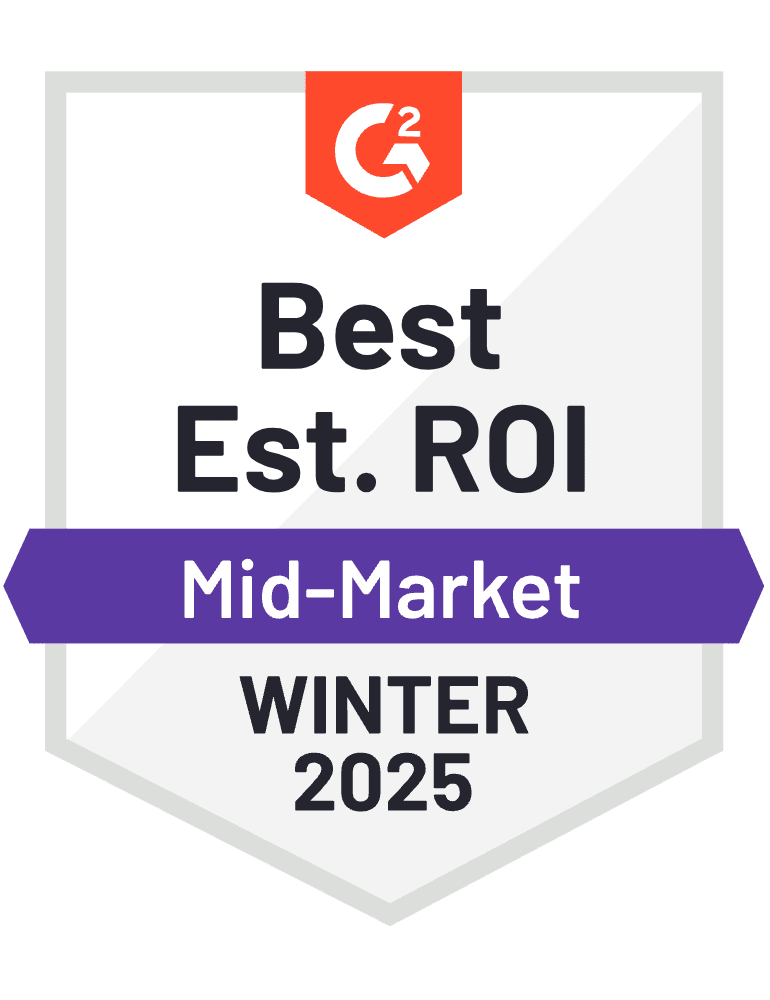

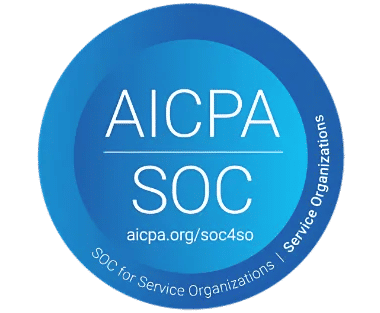
_svxLrd-8yH.png)
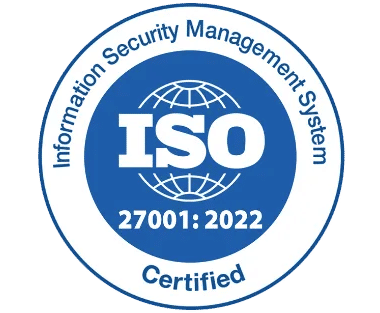
_2VYSFUTN5m.png)

_JiluXJRGNl.svg)

_2djTKNocf.png)
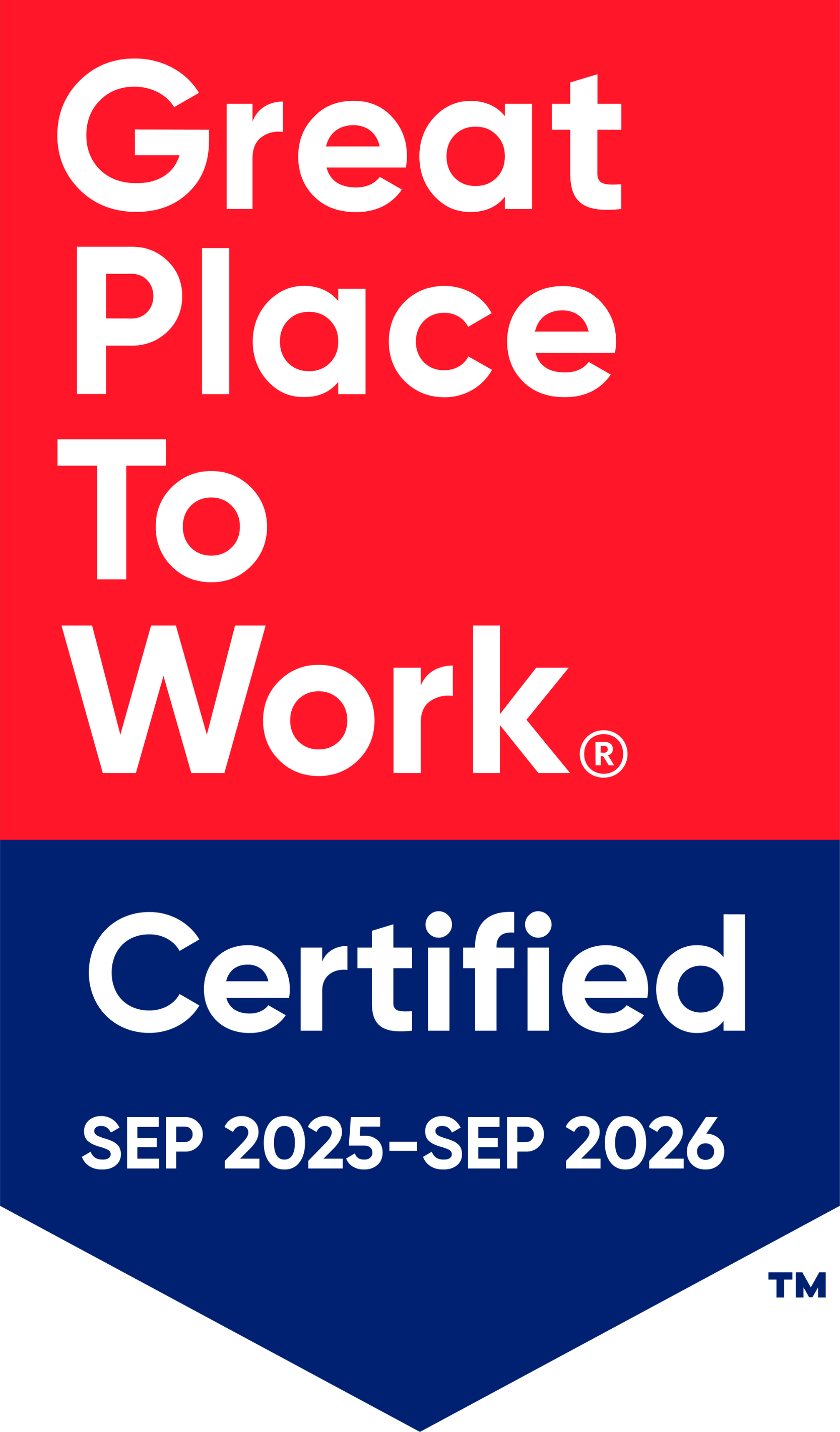




_Rapo0hRMBy.png)
